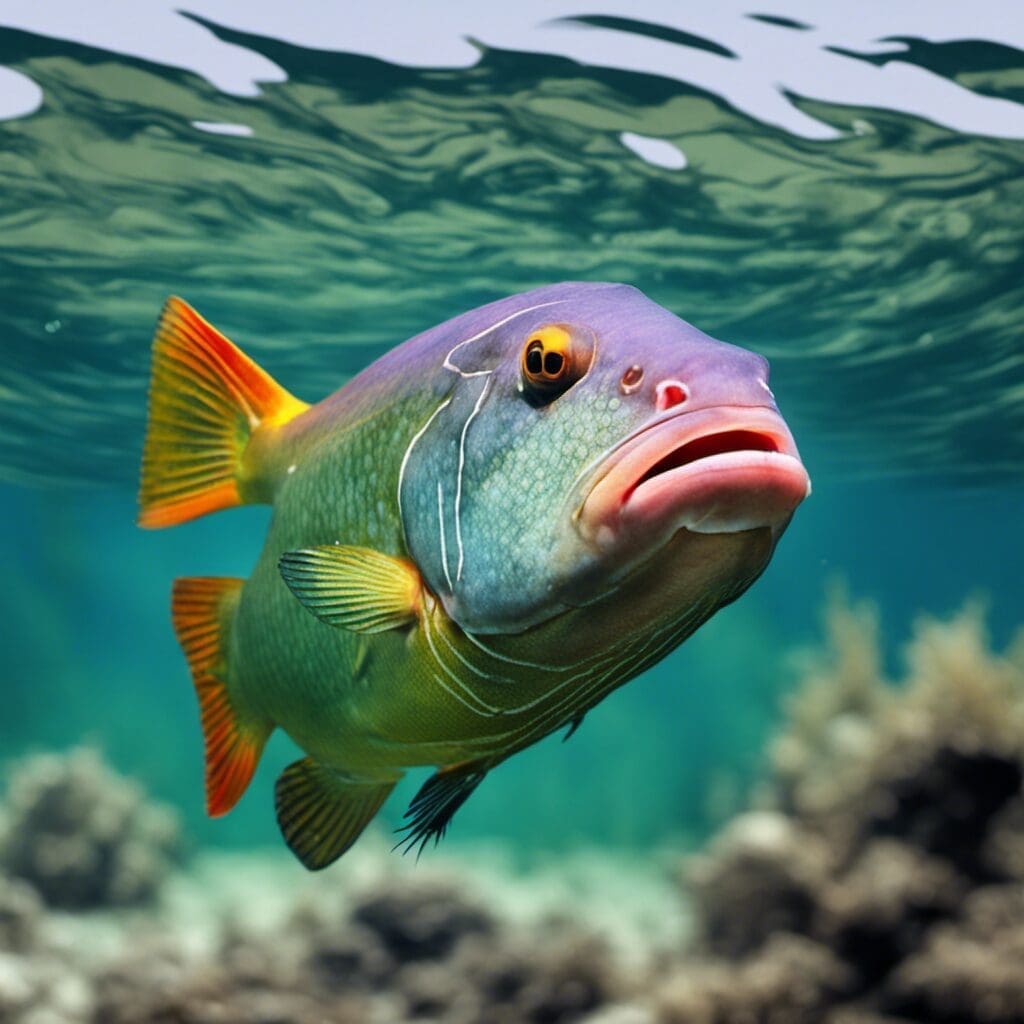Introduction
The Wrasse, often known as the Humphead or Napoleon Wrasse, is an exotic species of marine fish that belongs to the Labridae family.
Conservation Status
The Humphead Wrasse is presently considered as “Endangered” according to the International Union for Conservation of Nature (IUCN). Conservation attempts for this species involve the prohibition of their capture and sale in many countries (Don’t include links to iucnredlist.org website).
Statistics
| Length | Weight | Average Lifespan |
|---|---|---|
| Average: 100cm, Range: 30-230cm | Average: 46kg, Range: 2-190kg | Up to 30 years |
Distribution
Humphead Wrasses are primarily found in the Indo-Pacific region, from the Red Sea to South Africa and to the Tuamotu Islands, Japan, and the Great Barrier Reef. This species does not undertake significant migrations.
Habitats
Primarily found in coral reefs, the Humphead Wrasse prefers a tropical marine environment. The depth range of their habitat is typically between 1 and 100 meters, with temperature ranges suitable for coral growth.
When and Where to See
The Humphead Wrasse is a diurnal species, most active during daylight hours. They are often spotted all year round, but for the best viewing opportunities, the months between April and August are ideal.
Best Fishing Locations
While direct fishing for this species is generally discouraged due to its conservation status, some of the best locations to catch a glimpse of this impressive species include:
1. Great Barrier Reef, Australia
2. Red Sea, Egypt
3. Baa Atoll, Maldives
4. Raja Ampat, Indonesia
5. Sipadan Island, Malaysia
6. Andaman Sea, Thailand
7. Blue Corner, Palau
8. Poor Knights Islands, New Zealand
9. Galapagos Islands, Ecuador
10. Florida Keys, USA
How to Catch
Due to the endangered status, fishing for Humphead Wrasse is highly discouraged and it is illegal in many countries.
Identification Guide
Humphead Wrasses are brightly colored and can range from a greenish-blue to a more vibrant purplish-blue. The most distinctive feature is the prominent hump on the forehead, which becomes more pronounced with age. They are considerably larger than most other wrasse species.
Culinary
Fishing for Humphead Wrasse for culinary purposes is not recommended due to its dwindling population and the significant ecological role it plays within reef ecosystems.
Additional Information
Humphead Wrasses are distinguished by their large size, curious nature, and elegant swimming style. Their diet, which includes toxic sea hares, boxfish, and sea urchins, plays a crucial role in maintaining balanced reef ecosystems. Overfishing and the destruction of their coral reef habitats pose significant threats to their survival.
References and Further Reading
Further reading about this fascinating species can be found in various scientific journals and prominent websites like [National Geographic](https://www.nationalgeographic.com/) and [ARKive](http://www.arkive.org/), both featuring extensive information about the Humphead Wrasse and its habitat

